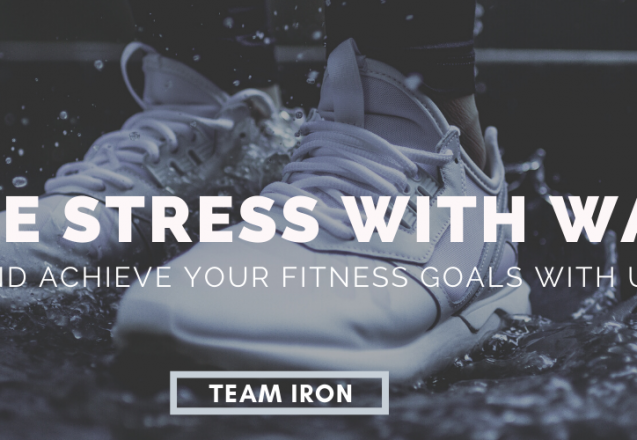The Best And Worst Low Carb Foods
 You may find a host of low carb foods on the grocery shelf, proudly announcing it on their packaging. Just noting something is low carb, doesn’t mean it’s a healthy addition to the diet. The same is true for high carb foods. People on a low carbohydrate diet often search for those foods that contain the fewest carbohydrates without focusing on other health benefits. Finding the best and worst low carb goods in Miami, FL, can help you achieve weight loss, while boosting your overall health.
You may find a host of low carb foods on the grocery shelf, proudly announcing it on their packaging. Just noting something is low carb, doesn’t mean it’s a healthy addition to the diet. The same is true for high carb foods. People on a low carbohydrate diet often search for those foods that contain the fewest carbohydrates without focusing on other health benefits. Finding the best and worst low carb goods in Miami, FL, can help you achieve weight loss, while boosting your overall health.
What’s the worst low carbohydrate foods you can add to your diet?
You may be eyeing some of those low carbohydrate candies and confections, but you really shouldn’t. Many replace sugar with sugar alcohol that causes bloating and gas. These foods often include inflammatory highly refined vegetable oils and provide no nutritional value—just like other junk foods. String cheese is another favorite, but like many other types of cheese, it’s highly processed. Processed meat is another food that’s known to be unhealthy, yet it’s low in carbs. Various types of bread and low carb tortillas basically are made in the lab, rather than being natural. There’s a plethora of vegetable oils and spreads that aren’t healthy, but low in carbohydrates. Frozen low carb meals and keto fast foods are also filled with ingredients that sound like a chemical equation. Read the labels before buying.
Finding the best low carb foods is easy.
Check the produce section at your grocery and you’ll find some of the best low carb foods. Most vegetables grown above ground are low carb, with the exception of pumpkins. Broccoli, cauliflower, kale, asparagus and all those leafy greens are just a few of the excellent choices. Put nuts and seeds on the list, too. They’re a good source of protein and low in carbs. Fermented food, cage free/free range eggs, grass fed beef and other meats are also healthy carbs. Healthy oils and bone broth also top the healthy list.
Even “health foods” like protein bars and protein powder don’t always make the list.
Just like those low carb confections, many of the protein bars contain highly processed ingredients and are loaded with additives you’ll never find in nature. These can often affect your microbiome and lead to inflammation. Always check the label for ingredients. Those with natural ones, such as collagen, coconut oil and almond butter are the best. Protein powder is another that needs investigating. Some have been found to contain everything from heavy metals to pesticides. Rather than add those powders, add nuts or eggs to your diet.
- Vegetable oils and spreads aren’t nearly as healthy as butter from grass fed cows. Those spreads often have a high amount of Omega 6 fatty acids compared to the Omega 3s. That can cause inflammation.
- You might think you’re safe by drinking “diet” soda, but stick with the ultimate low carb drink, water. Studies show that diet soda can add inches to your middle, encourage cravings for sugar and disrupt the microbiome of the gut, which leads to glucose intolerance.
- If you’re hoping for a sweet treat, it’s still available. Dark chocolate with at least 70% cacao that’s sweetened with a natural sweetener like stevia is a healthy option.
- How slow a carb digests is another indication of its healthiness. Fast digesting sugars and refined carbs are unhealthy, slower digesting ones like melons and other fruit, beans, lentils, berries and beet or other starchy vegetables are also healthy options.
For more information, contact us today at Kirra Collins Fitness

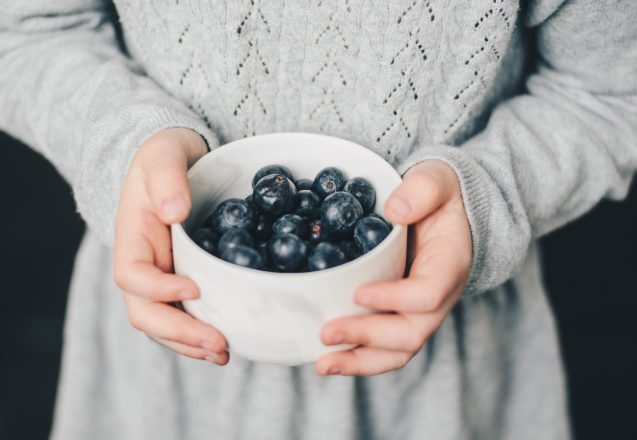
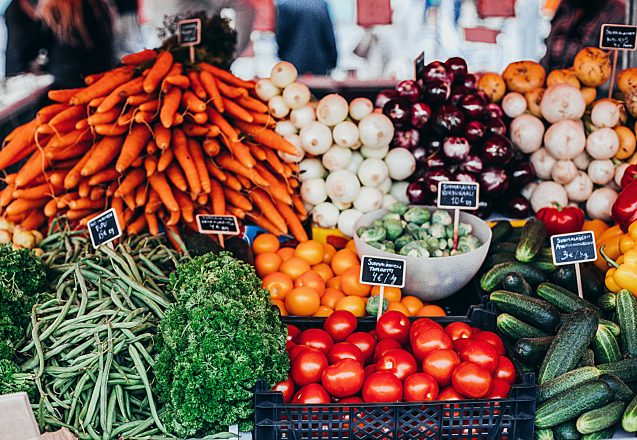
 Whether you live in Oklahoma, or any place in this world, you probably have at least a basic concept of how important good nutrition is no matter what your age. In fact, it’s the first thing that needs to be addressed if you want to change your overall health, weight of level of fitness. There’s a saying that a fit body starts in the kitchen. That’s true. While working out will help build muscles, without the right nutrition, you won’t get the results you want.
Whether you live in Oklahoma, or any place in this world, you probably have at least a basic concept of how important good nutrition is no matter what your age. In fact, it’s the first thing that needs to be addressed if you want to change your overall health, weight of level of fitness. There’s a saying that a fit body starts in the kitchen. That’s true. While working out will help build muscles, without the right nutrition, you won’t get the results you want.
 Are you running around Miami, Florida stressed to the max and so busy you don’t have time to workout? That’s exactly the time you need to workout, when there is no time. No matter where you live, if you’re under stress, that’s when it’s time to start working out. Not only is exercise good for your health, exercising can be a stress reliever. It burns off the hormones of stress, like cortisol. Stress exacerbates health conditions and creates ones where none exist. It boosts energy and can help prevent minor injuries that can occur from doing everyday tasks.
Are you running around Miami, Florida stressed to the max and so busy you don’t have time to workout? That’s exactly the time you need to workout, when there is no time. No matter where you live, if you’re under stress, that’s when it’s time to start working out. Not only is exercise good for your health, exercising can be a stress reliever. It burns off the hormones of stress, like cortisol. Stress exacerbates health conditions and creates ones where none exist. It boosts energy and can help prevent minor injuries that can occur from doing everyday tasks.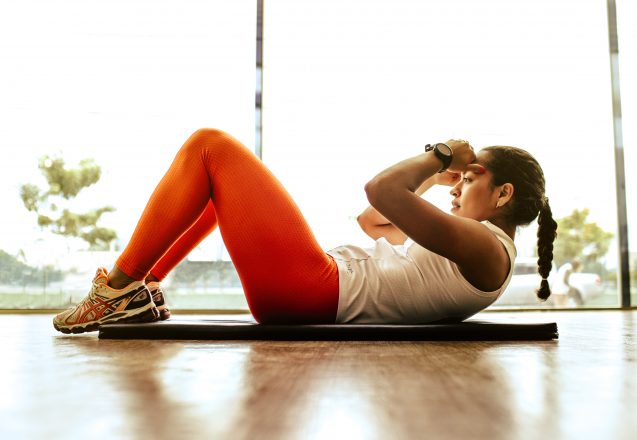
 People all over the country from Dallas and Denver to Miami and Oklahoma are busy getting back into the groove and looking for the best workouts that can be done in the least amount of time. Business has gotten busier and finding ways to save time, while staying fit is important. If you can take more time for an hour at the gym, go for it. However, most people have days that are simply too rushed. Rather than skipping a workout entirely, they use these time saving ideas.
People all over the country from Dallas and Denver to Miami and Oklahoma are busy getting back into the groove and looking for the best workouts that can be done in the least amount of time. Business has gotten busier and finding ways to save time, while staying fit is important. If you can take more time for an hour at the gym, go for it. However, most people have days that are simply too rushed. Rather than skipping a workout entirely, they use these time saving ideas.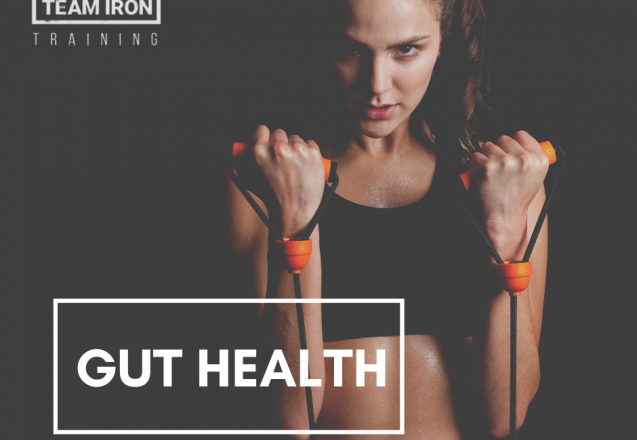

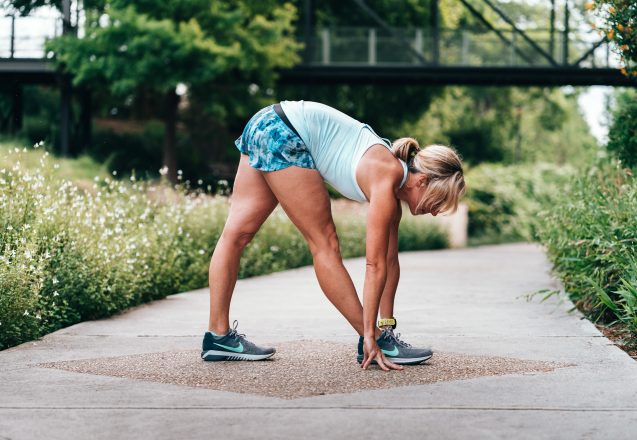
 You may be diligent about doing a warm up exercise, knowing you’re preventing injury and making your workout better, but tend to cut your cool down short or skip it entirely to get out of the gym faster and home to supper or on to work. Your cool down workout is just as important as a warm up. That few minutes of cooling down does important things for the body. The few minutes you save might cost you a lot more than you think.
You may be diligent about doing a warm up exercise, knowing you’re preventing injury and making your workout better, but tend to cut your cool down short or skip it entirely to get out of the gym faster and home to supper or on to work. Your cool down workout is just as important as a warm up. That few minutes of cooling down does important things for the body. The few minutes you save might cost you a lot more than you think.